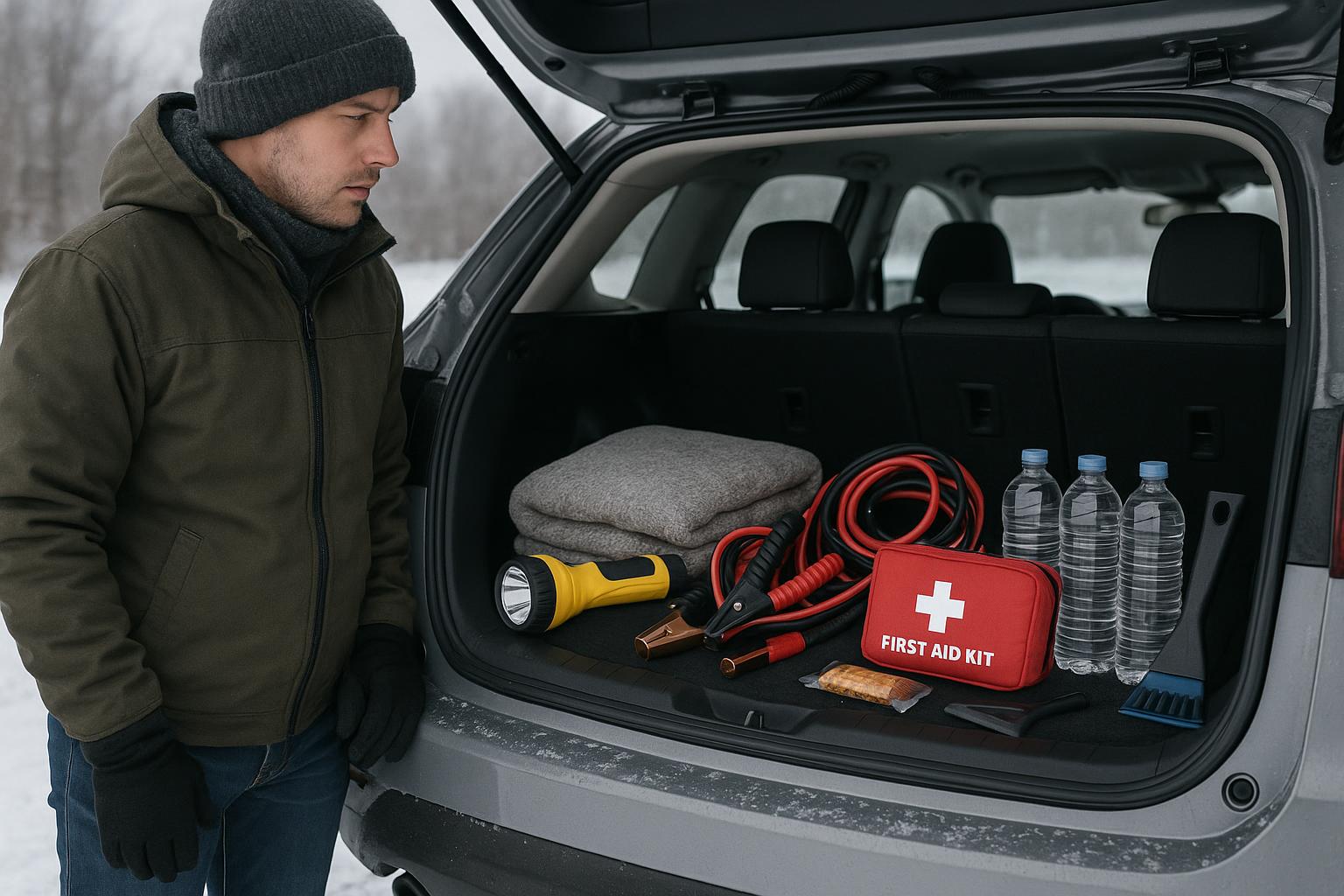Elevated Work Platform Training
Working with elevated work platforms (EWPs) comes with inherent risks, making comprehensive safety training a necessity for anyone operating this equipment. Without proper training, employees and businesses expose themselves to dangerous situations and potential legal violations. Ensuring that operators understand how to safely use EWPs not only prevents accidents but also helps organizations comply with industry safety standards.
Operator Education and Safety
Training on EWPs focuses on educating operators about the potential hazards, including falls, equipment malfunctions, and improper use of personal protective equipment (PPE). Workers learn how to conduct pre-operational checks to ensure the platform is in good working condition. This includes inspecting the machinery for defects, confirming the functionality of safety controls, and checking the surrounding environment for potential hazards. By taking these steps, operators are better equipped to prevent accidents before they occur.
Understanding Fall Protection Systems
Moreover, EWP training emphasizes the importance of using fall protection systems. Falls are one of the most common risks associated with working at heights, and the correct use of harnesses, guardrails, and other protective equipment is critical. Training ensures workers know how to properly secure themselves while on the platform, significantly reducing the likelihood of serious injury.
Load Capacity Limits
Another key aspect of EWP training is understanding load capacity limits. Overloading platforms can lead to tipping or structural failure, endangering both the operator and nearby workers. By knowing and adhering to the equipment’s limits, operators ensure safer operations and extend the life of the machinery.
OSHA Safety Regulations
Compliance with safety regulations is another reason why EWP training is essential. Regulatory bodies like OSHA require proper certification for workers operating elevated platforms, and failure to meet these standards can result in hefty fines for companies. By providing thorough training, businesses not only protect their workforce but also safeguard themselves against legal consequences.
Conclusions
Ultimately, mastering the safe operation of elevated work platforms through proper training ensures a safer work environment, minimizes risks, and guarantees compliance with industry standards. The knowledge gained from such training equips workers to confidently handle EWPs, ensuring that both safety and productivity are maximized on the job.



